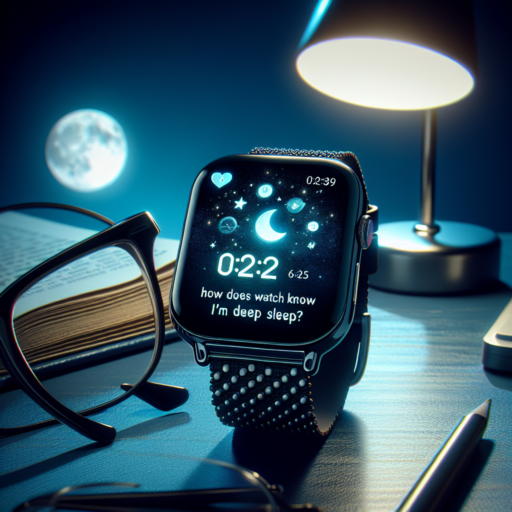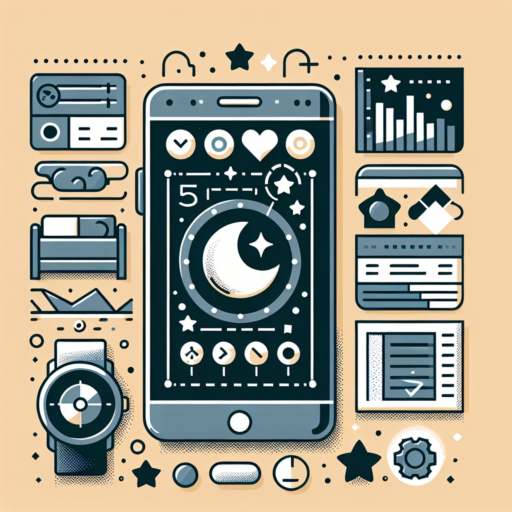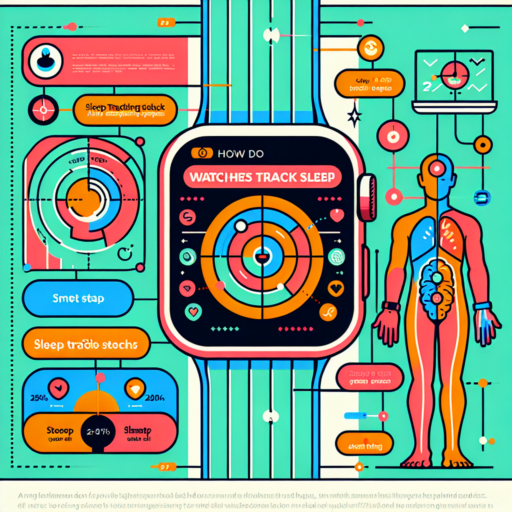How does my watch know I’m in deep sleep?
Have you ever wondered how your watch can seemingly peer into your sleep state and tell you when you are in deep sleep? It’s not magic, but rather a sophisticated use of technology that makes this possible. Watches equipped with sleep tracking technologies leverage a combination of sensors and algorithms to monitor various physiological and movement signals while you sleep.
Monitoring Movement and Heart Rate
At the heart of sleep tracking is the use of accelerometers and heart rate monitors. Watches incorporate these sensors to detect minute movements and fluctuations in your heart rate. During deep sleep, also known as slow-wave sleep, your body exhibits lower levels of physical activity and a more regulated heart rate. By analyzing these changes, your watch is able to infer when you’ve transitioned from light to deep sleep states.
Advanced Sleep Analysis Algorithms
Behind the scenes, advanced algorithms play a crucial role in decoding the data collected by your watch. These algorithms are designed to differentiate between the various sleep stages, ranging from light sleep to REM, and deep sleep. By interpreting the combination of movement data and heart rate variability, the algorithms can accurately estimate the duration and quality of your deep sleep. It’s this intelligent interpretation of data that allows your watch to provide insights into your sleep patterns.
Are watches accurate for deep sleep?
Tracking sleep patterns, including the elusive deep sleep phase, has become a popular feature for many smartwatches and fitness trackers. Consumers often wonder about the accuracy of these devices in monitoring such a vital component of their health. When it comes to measuring deep sleep, these watches use a combination of motion detection and heart rate monitoring to estimate sleep stages. While this technology has advanced significantly, there are inherent limitations to how accurately a wrist-worn device can measure deep sleep.
The primary method for tracking sleep through smartwatches is through actigraphy. Actigraphy utilizes motion sensors to detect movement or the lack thereof, associating periods of inactivity with sleep. Combined with algorithms that analyze heart rate variability, watches can estimate when a user has entered deep sleep. However, it’s crucial to understand that these estimations are based on indirect signs of sleep rather than direct measurements of brain activity, which can only be accurately captured with professional polysomnography equipment.
Despite these limitations, studies have shown that the latest models of smartwatches can offer a reasonably accurate overview of your sleep patterns, including deep sleep phases. Users should keep in mind that the accuracy may vary between different brands and models. Factors such as the position of the watch on the wrist, the tightness of the band, and even individual sleep behaviors can influence the data collected. Therefore, while smartwatches provide valuable insights into sleep patterns, they should not be considered a definitive measure of sleep quality or stages.
How does my Fitbit know I’m in deep sleep?
Your Fitbit device employs a combination of sensors and sophisticated algorithms to track your sleep patterns, particularly deep sleep. At the heart of this technology are the motion detector, known as an accelerometer, and heart rate monitor. These components work in tandem to analyze your movement and physiological signals that distinguish between waking states, light sleep, deep sleep, and the REM stage of your sleep cycle.
Monitoring Movements and Heart Rate Variability
The key to understanding how your Fitbit discerns deep sleep lies in its ability to detect the subtle changes in your movements and heart rate variability (HRV). When you enter deep sleep, your body exhibits significantly lesser movement and a more regular, slower heart rate. Fitbit’s algorithms interpret these signals, contrasting them against patterns typical for lighter sleep stages or wakefulness.
Algorithm Accuracy and Learning Capabilities
Over time, your Fitbit becomes more adept at recognizing your personal sleep patterns. This learning aspect enhances the accuracy of sleep stage identification, including the detection of deep sleep phases. It’s noteworthy that the device’s ability to track sleep stages improves with regular wear, as it continuously collects and analyzes data to refine its understanding of your sleep habits.
While motion detection and heart rate monitoring are instrumental, the real magic happens in the algorithm’s ability to process this data into meaningful insights. This involves sophisticated analysis techniques that can identify the slight physiological and movement-based signals indicative of deep sleep. Such capabilities ensure that your Fitbit can provide a detailed snapshot of your sleep architecture, including those all-important deep sleep phases crucial for physical and mental restoration.
No se han encontrado productos.
How does Garmin know I’m in deep sleep?
The science behind Garmin’s ability to discern your deep sleep stages lies in a sophisticated blend of biometric data and advanced algorithms. When you slip into deep sleep, your body exhibits distinct physiological signs that Garmin devices are designed to detect. This process involves monitoring your heart rate variability (HRV), movements, and even changes in your oxygen saturation levels, providing a comprehensive snapshot of your sleep patterns.
Heart Rate Variability (HRV) plays a crucial role in this determination. Deep sleep is characterized by a higher variability in the time between each heartbeat compared to when you’re awake or in lighter stages of sleep. Garmin devices use this data, along with information on your movements detected by the built-in accelerometer, to gauge the depth of your sleep. The accuracy of Garmin’s sleep tracking technology hinges on these critical data points, ensuring a nuanced understanding of your sleep cycles.
Moreover, advanced machine learning algorithms digest this information, learning from your sleep habits over time to provide even more accurate assessments. These algorithms are designed to recognize patterns in your sleeping behavior, refining their predictions about your sleep stages, including the deep sleep phase. As a result, Garmin offers a personalized sleep analysis that improves with consistent use, giving users valuable insights into their sleep health.




